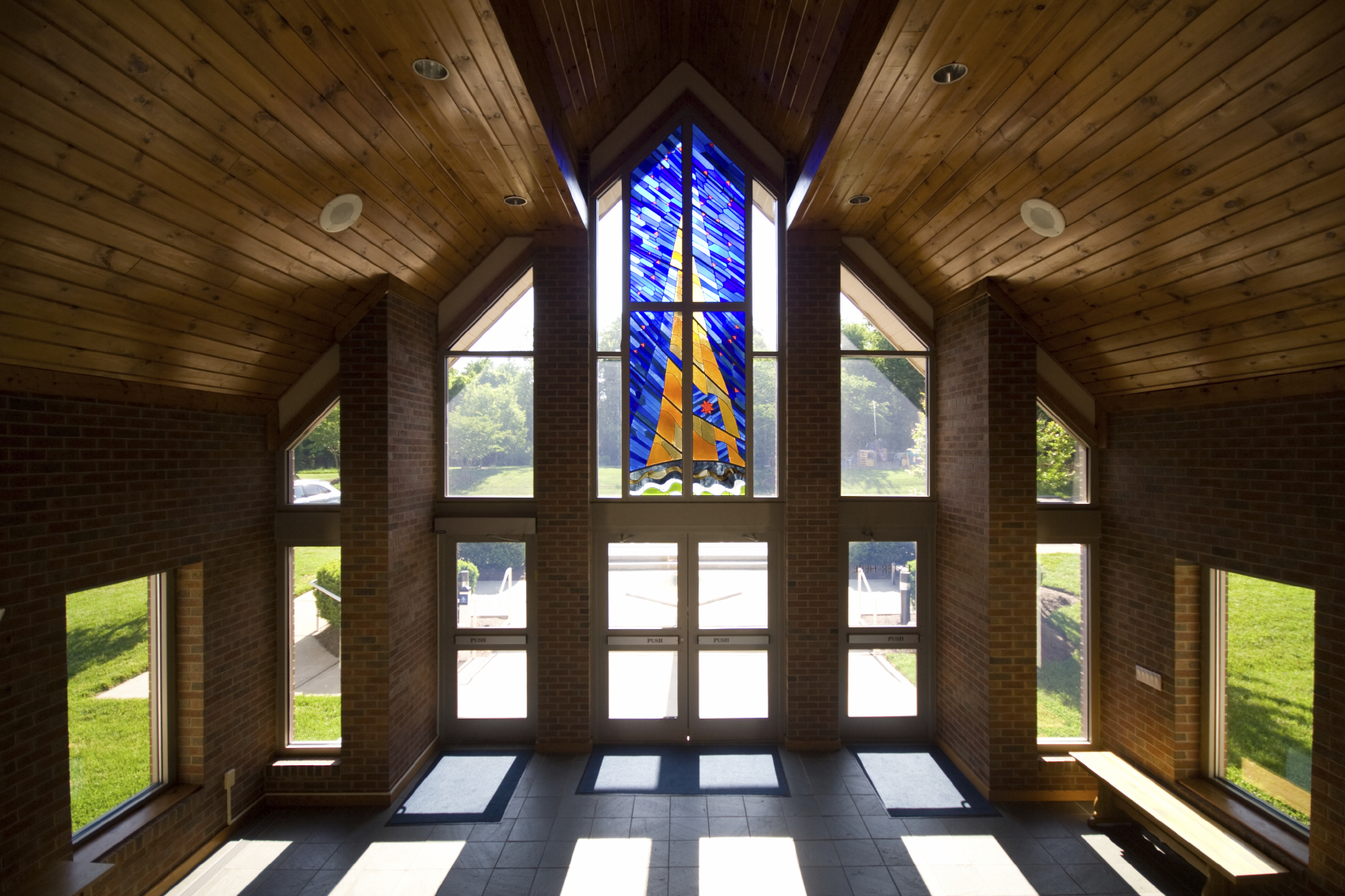5 Danger Zones In Your Next Building Project
October 24, 2019

Is your church planning a building project? You’ve probably already run into a few unexpected snags. First, perhaps a decline in church attendance has made a dent in your weekly offerings. That means you’re dealing with a lower operating income. Lower donations can also affect your plans to raise money for the project.
Second, finding quality builders can be tough in a growing economy. And third, fewer financial institutions are offering construction loans these days, making it hard for churches to find loans for their projects.
If your church wants to build now, it needs to be in the best possible position for funding. That means thinking about the loan from the lender’s point of view. There are some conditions and practices that add risk to loans. And lenders want to eliminate as much risk as possible.
Construction loans are a special case because they involve two big kinds of risk. They involve risk first of all in the chance that a borrower might default in their payment. They also carry a second kind of risk: that the project won’t be done on time and under budget. So any church that can understand and reduce these risks will be in a stronger position to borrow. Here are five risk areas that churches can work on before requesting a loan. We’ll call them “danger zones.”
Danger Zone 1: Project Delivery (Don’t deal directly with subcontractors.)
Project delivery means the method for the design and construction of a new facility. These are the most common project delivery methods.
- Design-Bid-Build—Owner hires an architect and a general contractor. General contractor hires subcontractors.
- Design-Build—Owner hires a firm to design and build the project.
- Construction Manager at Risk— Owner hires a construction manager. Construction manager hires subcontractors.
Lenders will usually accept all of these methods. Each one protects the owner because an outside firm is responsible for hiring subcontractors and delivering the project. That way, if there’s a problem, the owner is not liable.
Contracting directly with a subcontractor puts your church at risk. This is true even if you hire a construction manager. This project delivery is called Owner-Builder if the church is managing the project itself. If the church does this through a Construction Manager, it’s called Construction Manager as Agent. Most lenders will not lend to a project using Owner-Builder or Construction Manager as Agent delivery.
Danger Zone 2: Lack of Contingency (If you fail to plan, you plan to fail.)
Contingency is money that is set aside for cost overruns. Construction projects don’t always go as planned. So lenders want to see that a ministry has a healthy contingency. This money is not for changes the church initiates. It’s for change orders that are the result of weather or other unexpected delays.
Without at least a 10% contingency, the church is at risk for any cost overruns. In this case, lenders may stop funding the project until more money is available to cover the overrun. Having enough contingency set aside will put your church in a better position to get a loan.
Danger Zone 3: No Payment and Performance Bonds (Insure your project.)
What happens if your contractor declares bankruptcy and your project isn’t finished? If this happens, a contract won’t protect your church. Payment and performance bonds are insurance products. They can protect a church if a contractor fails to complete a project.
These bonds will raise a project’s initial costs. So some contractors will try to convince a church not to use them. However, without those bonds, lenders may not want to issue a loan.
Danger Zone 4: Broken Lien Priority (Lenders like first liens.)
During a construction project, all parties who work on the project or supply materials have the right to file a mechanics lien to ensure they are paid. Once the job is done and they are paid, they release the lien.
When a lender agrees to provide a construction loan, that lender expects to be in first lien position. That is, they will be first in line to collect on their debt in case of default. If a church begins work on a project before applying for a loan, the liens for all of the parties who are already working will have priority over the lender’s lien.
This is called broken lien priority. It hurts the church’s chances of getting the loan. Even putting up a simple fence can cause broken lien priority.
Danger Zone 5: Progress Payment Planning, Retainage, and Cash Management (Keep the cash flowing.)
Lenders have their own ideas about when to schedule inspections and progress payments. Sometimes, these ideas conflict with the church’s and contractor’s plans. Lenders’ need for regular inspections and supporting documents can delay payments to contractors. This can cause legal problems if the church can’t cover the payments while waiting for reimbursement.
Payments can also be delayed if the lender feels the contractor is overbilling (billing ahead of the progress of work being done.) When contractors overbill, that shifts risk from the contractor to the church or lender. If a lender will only pay a smaller progress payment, the church will need to renegotiate with the contractor. In this case, the church may have to make up the difference with its own cash.
Retainage can also cause problems with progress payment. Retainage is money, usually 5-10%, that is held back from progress payments to cover any mechanics liens. Lenders usually require some retainage to be held until 60-90 days after the project is complete. The money is held until the period to file liens expires. This can create conflicts, because most contractors want the retainage back within 30 days. The church may have to step in to cover this amount until the lien period ends.
Progress payment delays and retainage can cause construction projects to go over their estimated cost. Because of this, lenders will look very carefully at a church’s cash position before lending.
So how can churches reduce the risk from these 5 danger zones before applying for a loan?
Churches can help improve their chances of getting their construction projects funded by:
- Not directly hiring subcontractors
- Adding enough contingency to project costs
- Protecting the project with payment and performance bonds
- Waiting to start work until the loan funds
- Setting aside cash reserves for progress payment and retainage
Construction projects are complicated. It helps to have someone with experience and wisdom on your side. Bring your lender in early. Working together will result in a smoother experience, less risk, and a beautiful completed project. Contact the Ministry Development Group today!



